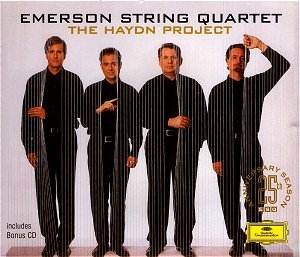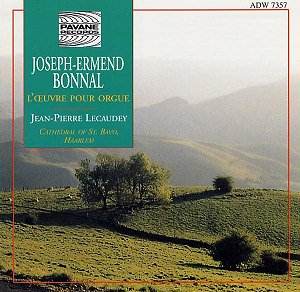 Composer: Ralph Vaughan Williams
Composer: Ralph Vaughan Williams
Works: Symphony No. 4 in F minor (1934), Mass in G minor (1923), Six Choral Songs (1944)
Performers: London Symphony Orchestra, London Symphony Chorus, Richard Hickox Singers/Richard Hickox
Recording: All Saints’ Church, Tooting, January 2001 (symphony and songs) and January 2002 (mass)
Label: Chandos
Ralph Vaughan Williams stands as a titan of 20th-century British music, a composer whose works often reflect not only the aesthetic currents of their time but also his own profound personal journey. The Fourth Symphony, composed during a period of tumultuous change in both Europe and Vaughan Williams’ own life, marks a significant departure from the pastoral tradition that characterized much of his earlier output. This symphony is drenched in a sense of urgency and disquiet, an expression of the composer’s grappling with the chaotic world around him and the personal conflicts within. Hickox’s recording, which couples this aggressive symphony with the serene Mass in G minor and the poignant Six Choral Songs, presents a compelling exploration of Vaughan Williams’ multifaceted vision.
Richard Hickox’s interpretation of the Fourth Symphony is nothing short of electrifying. He eschews a more measured approach for one that favors unrestrained vigor and immediacy. The London Symphony Orchestra, in superb form, responds to Hickox’s direction with a palpable intensity. The opening Allegro is taken at a blistering pace, several notches quicker than Andrew Davis’ more tempered rendering. This choice injects a visceral energy into the music, emphasizing the work’s inherent violence and emotional turmoil. The orchestra’s execution is remarkable; the strings’ pianissimo at the movement’s conclusion (around 6:25) is hauntingly beautiful, embodying the unsettling character that Vaughan Williams intended. Hickox’s decision to maintain such high energy in the faster sections throughout the symphony demands an orchestra capable of matching that intensity, and the LSO does so with impressive cohesion.
The brass section shines vividly under Hickox’s baton, with the trombones’ announcement of the fugue subject in the finale delivering a chilling resonance. The fine balance of tonal richness and edge exemplifies the orchestra’s technical prowess and Hickox’s interpretative choices. Comparatively, Boult’s historic recordings from the 1950s, while authoritative, lack the visceral immediacy that Hickox brings to this interpretation. However, one area of contention arises in the transition from the Scherzo to the Finale. Hickox opts for a relatively high dynamic level that obscures the hushed mystery that Vaughan Williams seemed to invite at this moment. This choice, while effective in its own right, raises questions about how far the violence of the symphony should recede before re-emerging.
The coupling of the Fourth Symphony with the Mass in G minor is a deliberate juxtaposition that underscores Vaughan Williams’ range. Following the tumult of the symphony, the serene modal theme of the Mass serves as a balm for the listener. Hickox and the London Symphony Chorus deliver this work with an exquisite blend of clarity and warmth. It is somewhat disappointing that the recording does not credit the four soloists whose contributions are integral to the Mass’s character, yet their presence is felt through the ensemble’s rich harmonies and expressive phrasing.
Completing the disc, the Six Choral Songs in Time of War, with their straightforward yet poignant settings of Shelley’s words, reflect Vaughan Williams’ ability to distill profound meaning into simple forms. Here, the chorus is imbued with a sense of earnestness and sincerity, providing a fitting contrast to the earlier works. Hickox’s adept handling of these varied pieces offers a panoramic view of Vaughan Williams’ artistic landscape, from the shattering aggression of the Fourth Symphony to the spiritual tranquility of the Mass and the grounded populism of the Choral Songs.
This recording is a testament to Richard Hickox’s vision and the extraordinary capabilities of the London Symphony Orchestra. The production quality, characteristic of Chandos, is immaculate, allowing for the full spectrum of dynamics and colors to shine through. With this release, listeners are not just treated to a performance; they are invited into the heart of Vaughan Williams’ complex emotional world, experiencing the breadth and depth of his musical language. Enthusiasts of Vaughan Williams will find this disc indispensable, a powerful affirmation of the composer’s enduring legacy.



